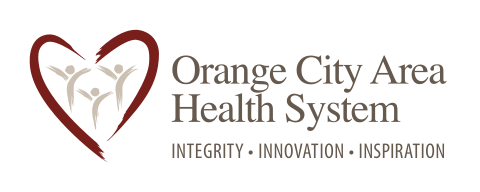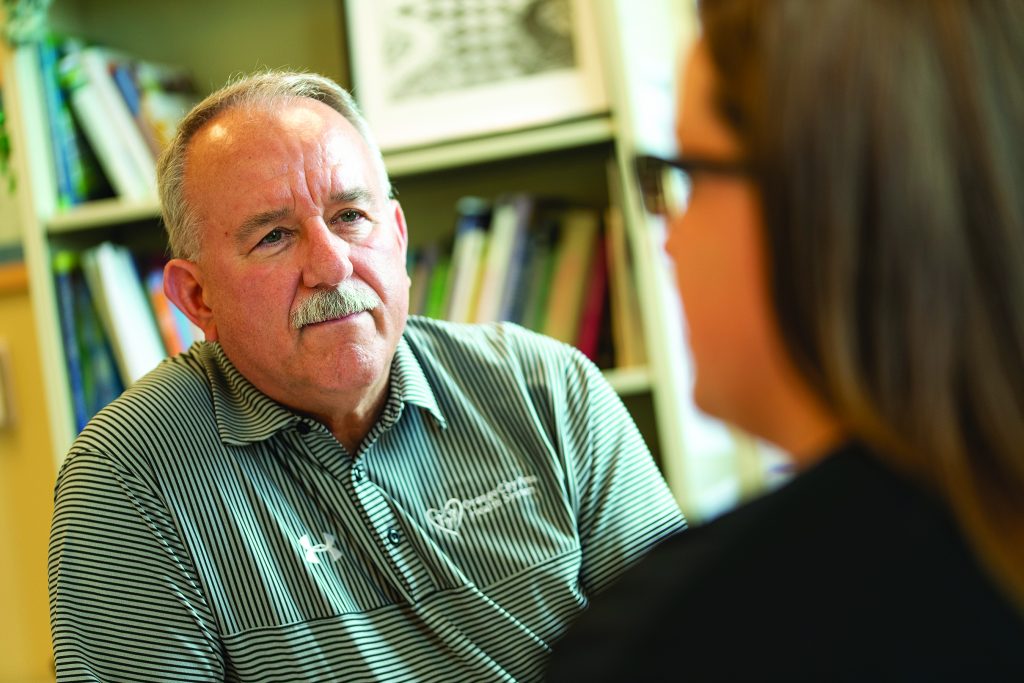-by Dr. DeeJay Donlin, Behavioral Health
Last month, Orange City Area Health System CEO, Marty Guthmiller, talked to our employee team about the value of reflection. It caused me think about how reflecting on our current circumstances often becomes a projective test.
Back in graduate school, I was required to take a course on the administration and interpretation of the Rorschach test. It is considered a projective personality test in which the things you see may have more to do with you than the image. Although some may question the validity of the test, most believe that all of us may do some “projecting” of ourselves into situations that we perceive.
The last few years have certainly been an illustration on how different people respond to similar situations in very diverse ways. Some have seen the pandemic as an overwhelming restriction on life, while others have seen it as an opening of opportunities that had never been available before.
It strikes me that life is often a projective test for us. It follows the cliché “be careful what you look for, because you will probably find it.” We can see overwhelming problems, irritations and limitations in both people and situations, while also recognizing unlimited opportunities or appreciation for those same people or circumstances. The choice of how we see them and how we respond is something that we can change, even though we cannot change the people or many of our circumstances. For example, we can observe a person and be irritated by his or her insistence or stubbornness. Conversely, we can look at the same person and possibly be impressed by his or her tenacity or perseverance. We can complain about being “too old” or “too short”, but also find how our age or stature might be an advantage in a different situation.
Improving mental health is sometimes a matter of changing the way we think (something we can control) rather than focusing on what we cannot control. In order to do that, we may need to become very aware and intentional about our thinking. Sometimes we fall into thinking “ruts” or habits that can be negative or even irrational. It may be hard to spot those thought habits because “it’s just the way I think!” Trying to develop a different perspective by “thinking outside the box,” using the “30,000 foot level” or advice from trusted others can be very helpful. Let’s be honest though. Changing the way we think takes just as much energy, intentionality and persistence as changing a behavioral habit. It certainly can be done, people do it all the time, but it takes persistence and time. It might start with identifying something positive, realistic and likely that we can put in front of us and begin to focus on that, rather than on the negative or on other distractions. Reminding ourselves of that intention can take the form of morning devotions/meditation, sticky notes, phone alarms, etc. Remember, going back to automatic pilot happens a lot. Don’t be discouraged when it does, see it as typical, but bring your intention back to the positive. Maybe, just maybe, the persistent intention can one day become the habit.
Perhaps it’s time this month, this week, this day, this moment, to identify a thought you would like to change and begin to focus on the realistic or positive rather than on the negative.

